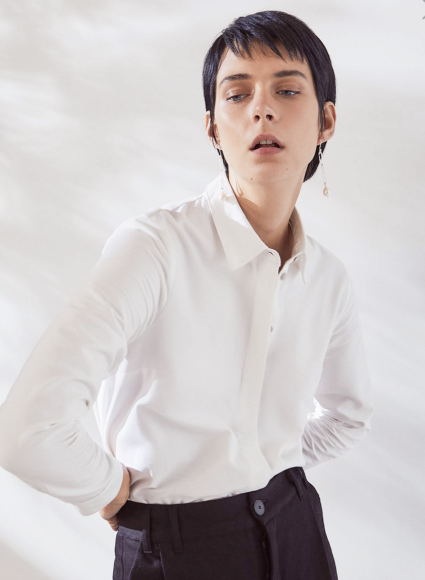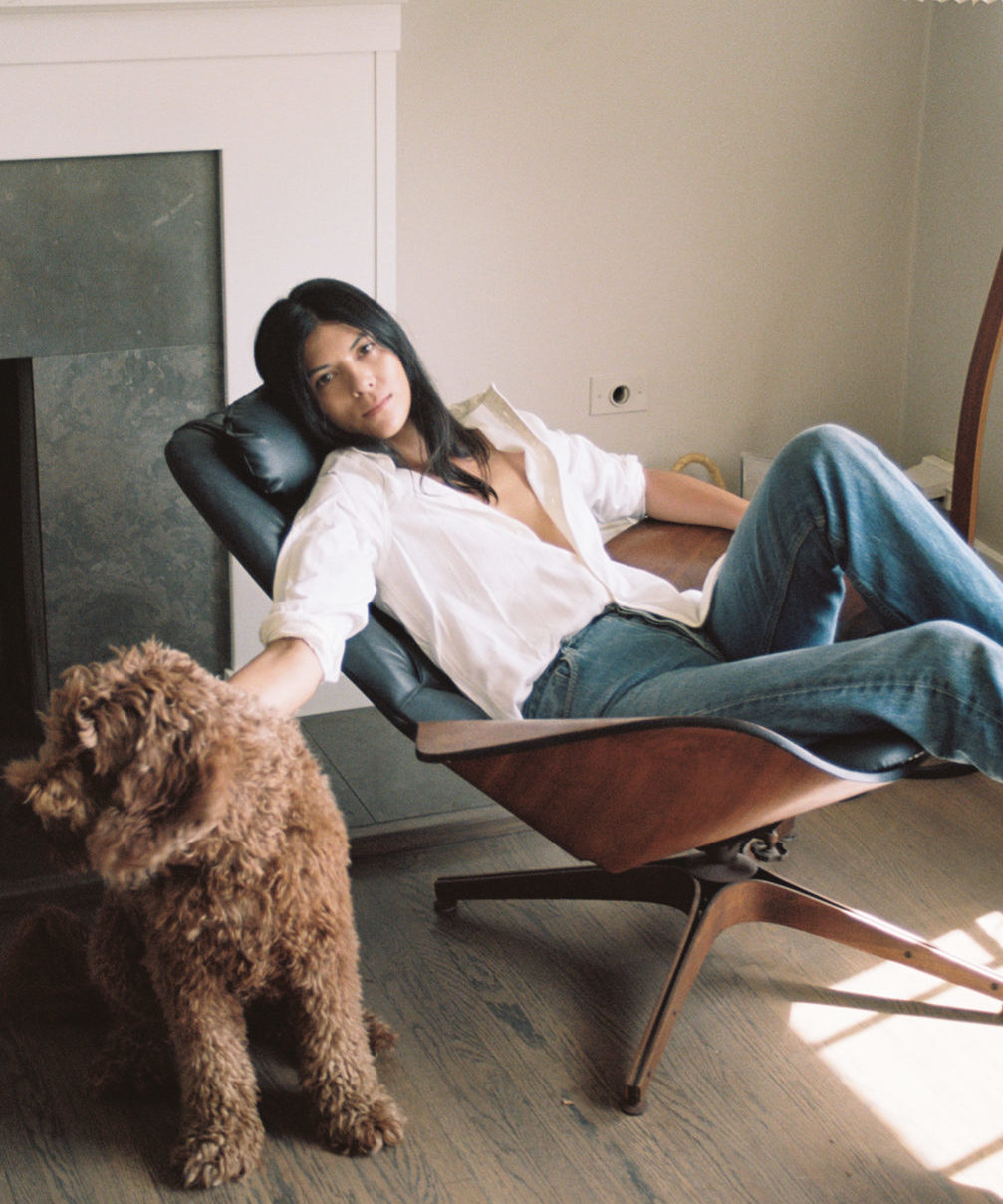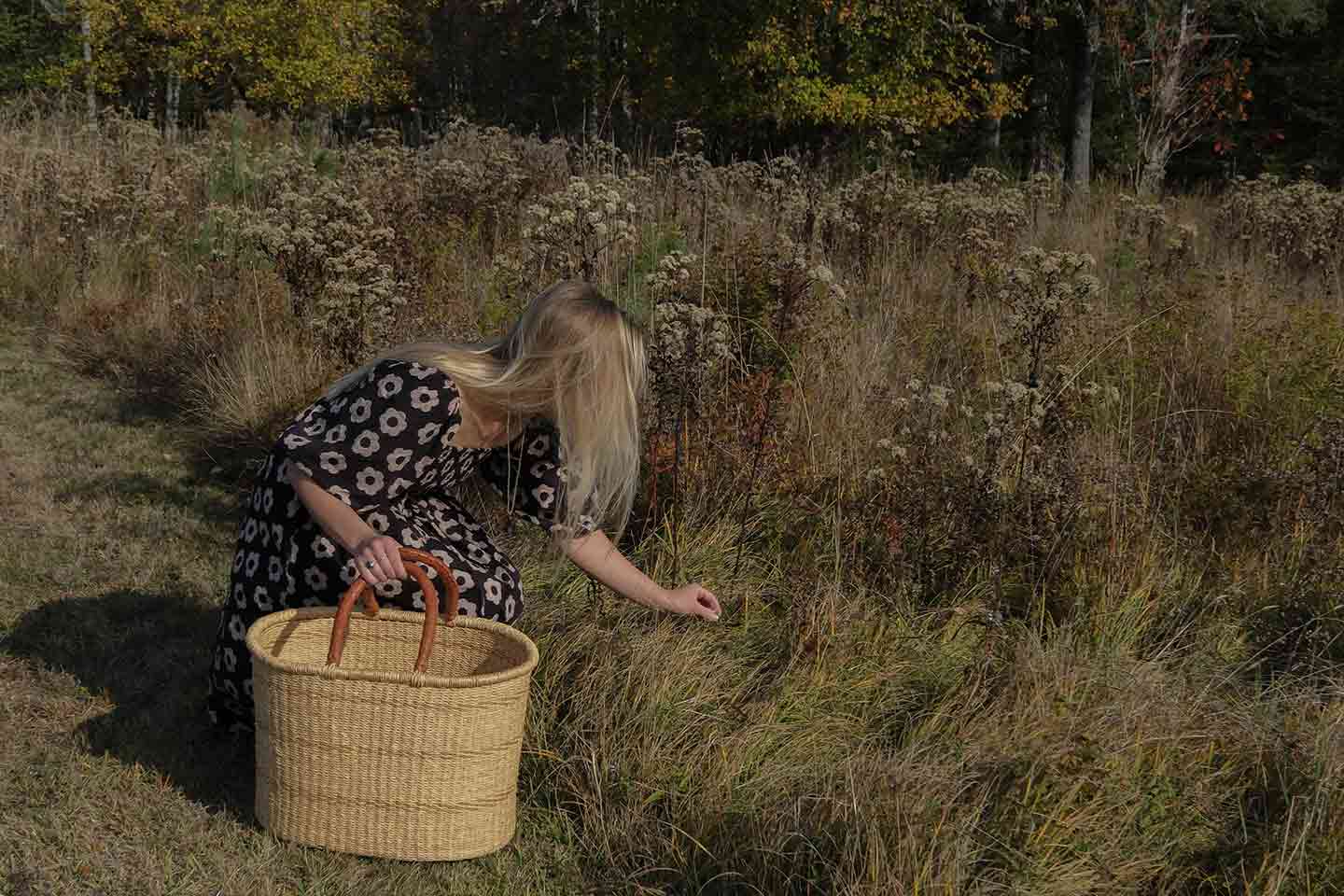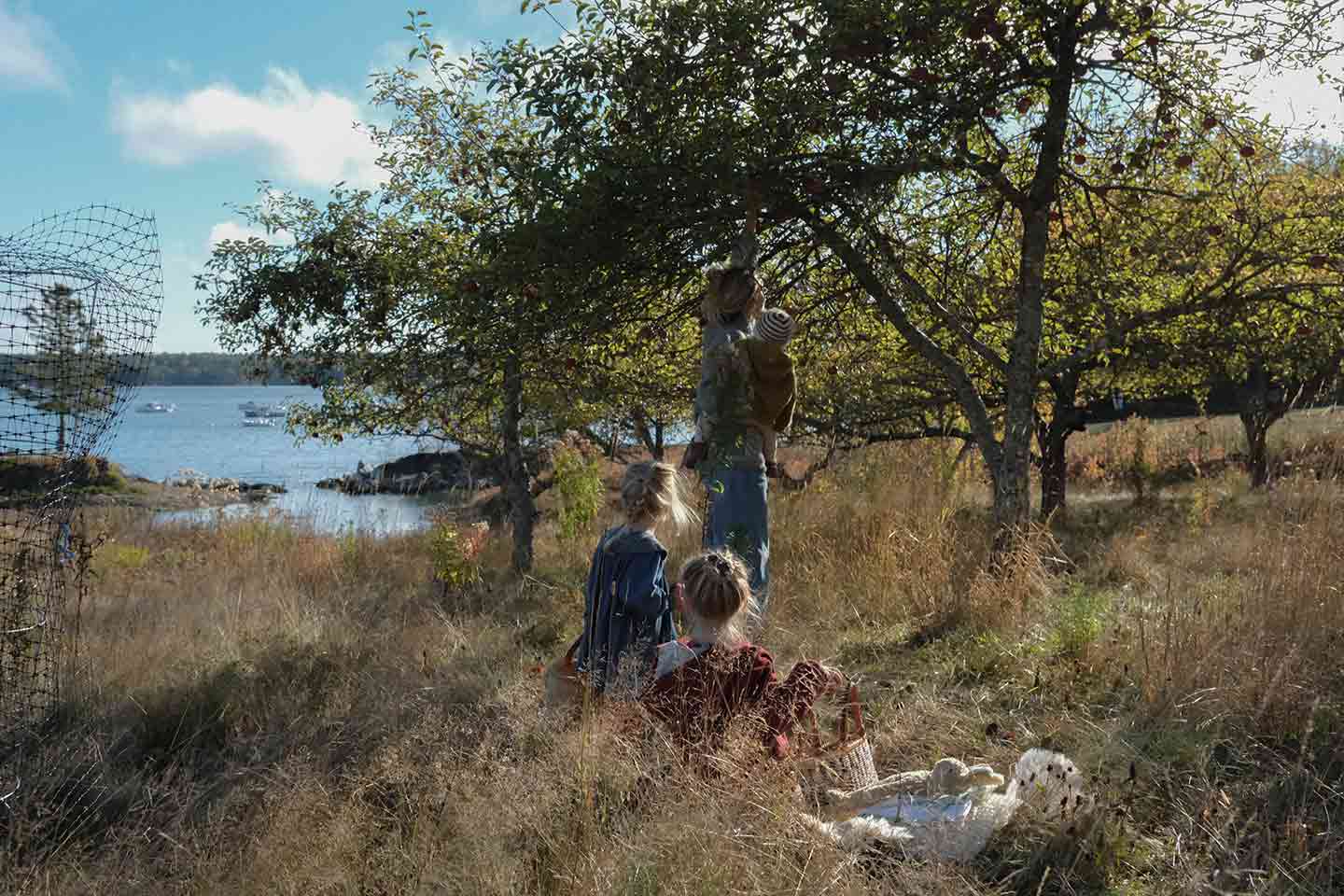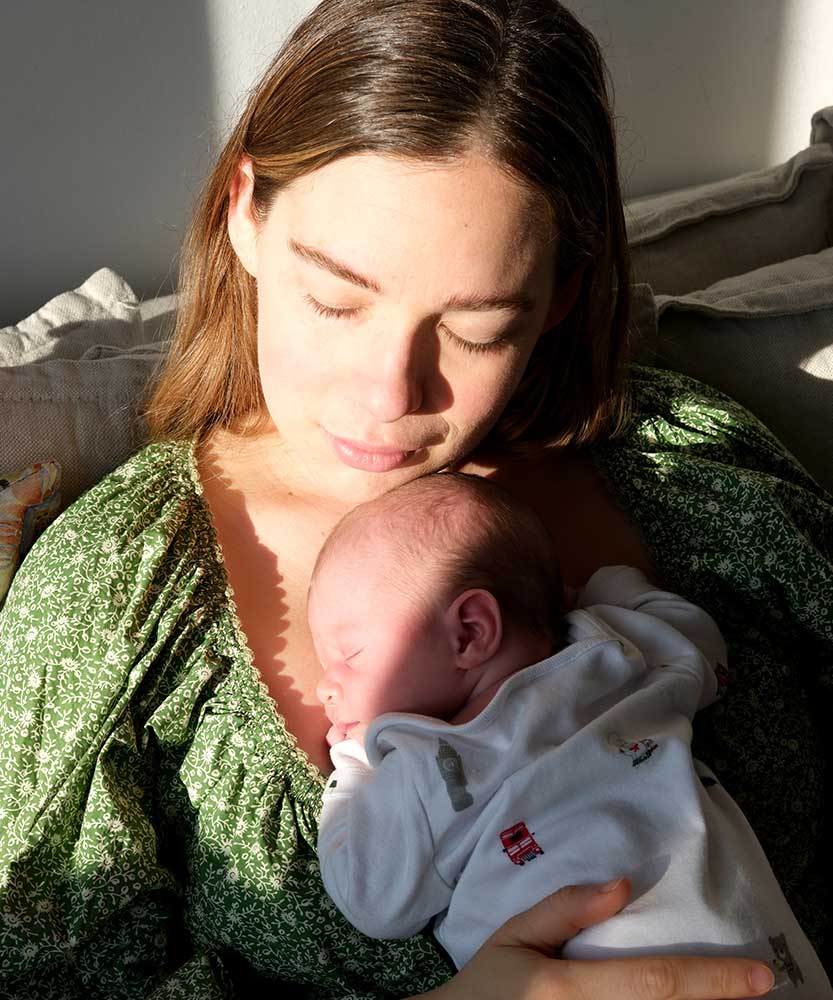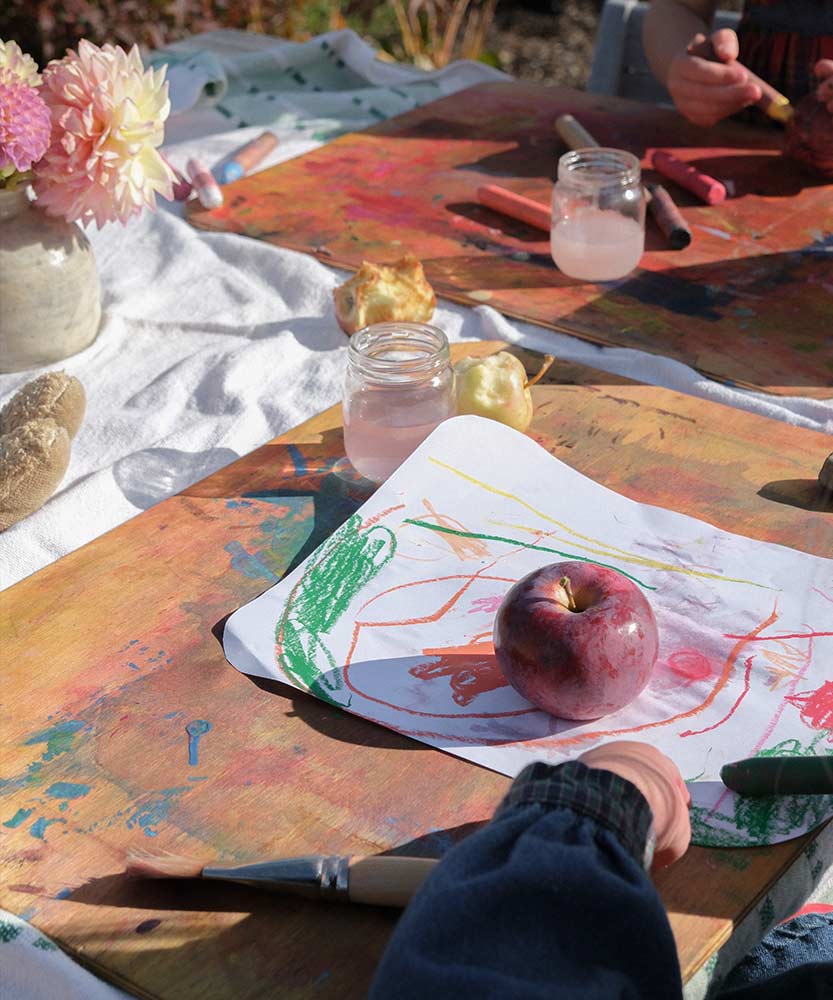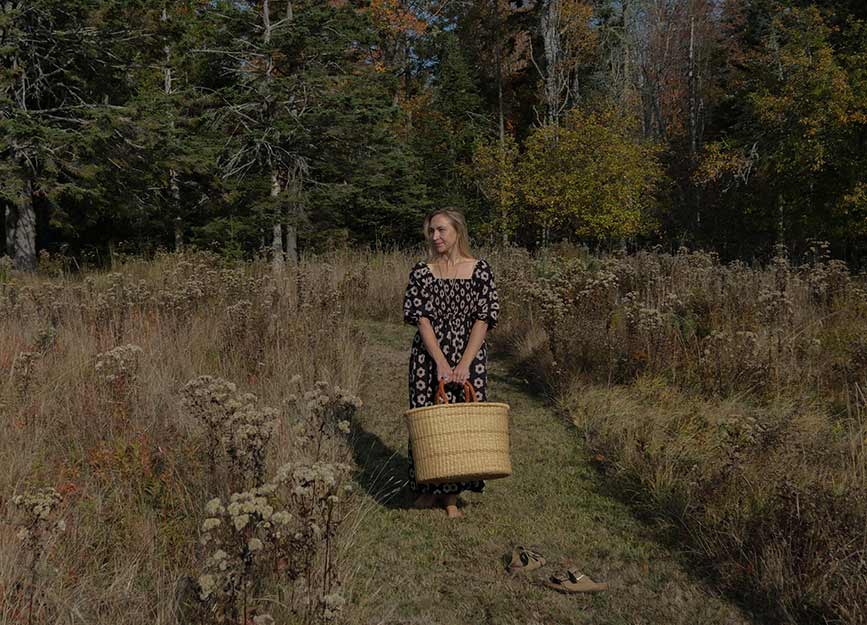

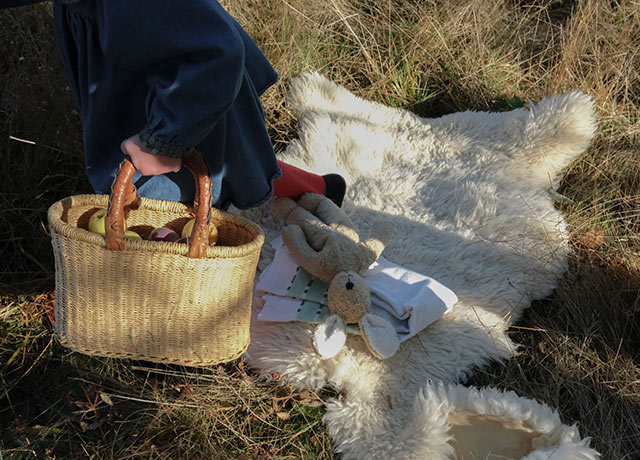

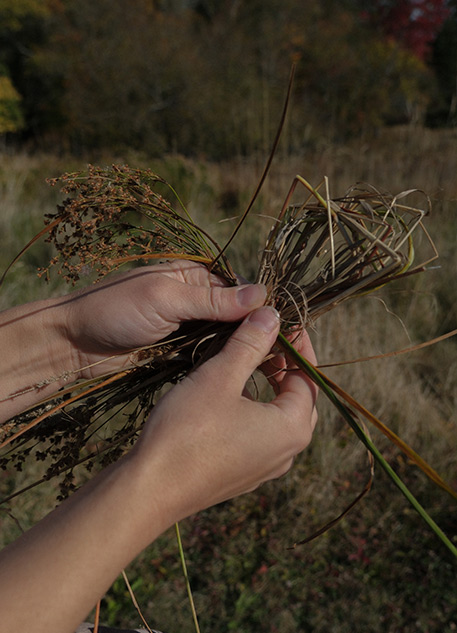

Parenting & Baby
Waldorf Teacher Jordan Fountain Joins the REV Team!
Today we look into what is Waldorf education as we welcome new team member Jordan Fountain who will be creating loads of useful content for us around the subject!
“Waldorf education has provided me with an ability to structure my parenting in a way that is holistic, artistic, whole – and it has really been my guiding light as a mother.” – Jordan Fountain
Welcoming Jordan Fountain to the REV Team!
Today we welcome Waldorf teacher, mother of three and co-founder of the biodynamic and regenerative Fountain Farm, Jordan Fountain, to the Rêve En Vert team! Jordan will be using her vast experience in the world of Waldorf education to help with tips for parents and anyone looking to live more in harmony with the natural world from her home in Maine.
This series introduces gentle, seasonal rhythms and home practices inspired by Waldorf education, offering families ways to bring more intention, beauty, and connection into daily life. Each piece pairs educational insight with practical, sustainable activities that align with Reve En Vert’s commitment to conscious living and natural simplicity.
First of all, can you tell us a little bit about where your interest in childhood development came from?
I’ve always wanted to be an educator. When I was a little girl, if you would’ve asked me what I wanted to be when I grew up, I would’ve told you I wanted to be a teacher. I think you hear that often from teachers – that they always knew they had a calling to work with young children. I do spend a lot of time thinking about that and wondering if being a teacher was my destiny.
In Waldorf education we often talk about the child’s destiny. The idea of guiding a child on their path to find their destiny is the deeper work of the Waldorf teacher versus a more traditional education, which would be to put the child on the path that we want them to be on so they can enter society and be a working member of the class that we’ve created for them. In Waldorf education, we educate the child towards freedom, freedom to be whoever it is that they’re inner light is calling them to be. This is from a deeper ideology that the child has a soul and their soul is here in the natural world to do something – to achieve something. Sometimes that can be as simple as overcoming an emotion or an experience.
I first started working in early childhood education when I was quite young, teaching swimming lessons and then eventually volunteering at my local elementary school and it sort of just continued on from there.
And what pulled you into the world of Waldorf style thinking?
I was certainly not raised with a Waldorf education. I grew up in the Midwest and I had a very traditional childhood. I attended public school. I graduated from a public high school and then I went on to community college and eventually State University. I didn’t actually know about Waldorf education until I was in my 20s and I had already graduated with an education degree. At university, we never talked about Waldorf philosophies, and the teaching ideology never came forth in any of my courses. We did discuss Montessori, but there was nothing about Waldorf.
The first time I stepped into a Waldorf school I was blown away. I literally lost my breath and wondered “what is this place? Where am I?”. There is an etheric way about a Steiner School – the architecture, the emphasis on soft colors, the natural organic materials and the organic shapes. Often the thresholds will be rounded, the trim will be organic and the wood is light. They’re designed in a way that lifts you up, that brings you forth, that brings this embodiment of the universe and it holds you in a way that you feel safe, like you’re ready to learn and explore the world. Early childhood classrooms in Waldorf schools are always soft pink, very calming and gentle, nourishing the soul.
This is something I had never seen or experienced before. It deeply changed everything for me and I began to question everything that I knew about education. It sort of catapulted me onto this path to then learn everything about Steiner Schools. From there I began to rethink early childhood development.
“What Steiner asked of the Waldorf teacher was to work on themselves, on their inner self and that is the person that steps forward to educate the children. Children are going to see you. Children can see through any insecurities, hesitations and if you show up for them, you really have to be prepared to do that with intention. Children are often wonderful judges of character and can see what kind of person you are.”
– Jordan Fountain
Tell us a bit about the educational steps you have taken to become a teacher of Waldorf?
As I mentioned, my path to becoming an educator started out very traditional. I attended a community college for early childhood education, and then I went onto the University where I received my state teaching license and then to obtain a masters in Educational Leadership, which I never finished. My emphasis was very focused on early childhood education.
My path to Waldorf started with a desire to eat healthier and become more devoted to the organic agriculture movement. My husband and I began studying Eliot Coleman and his organic farming movement which resulted in the USDA standards we know of today. I became aware of the European standards for organic agriculture which led me to bio dynamic farming and this is how I found Steiner.
In the late 90’s, there became this overwhelming need for childcare outside of the home and an expansion happened within the Steiner schools, amongst the Waldorf community. An organization called Lifeways North America was formed by a woman named Cynthia Aldinger here in the states. The organization, often just called Lifeways, was designed as an early childhood organization that focuses on bringing Waldorf education and Stieners indication to young infants and preschoolers.
I had been studying the young child- the developing human being- and interested in the child before the growth of adult teeth- so we’re talking about before the age of seven. Once I was opened to the Lifeways North America programming I really looked more into what is Waldorf education and shortly thereafter began to train to become a Waldorf teacher, specific to younger years.
Lifeways has been a wonderful and educational tool for me throughout my adult life. I still take Lifeways courses and utilize their online content. They offer many programs for parents and teachers, many that are free or very low cost.
Other schools I have attended include The Sophia Institute and I have taken courses through the Center for Anthroposophy. I am also a student of Peace With Nature in Handwork, which is an applied art’s program for Handwork teachers.
I think it’s important for parents listening to understand that you don’t have to be certified or trained in Waldorf to teach your children the values of Waldorf and weave the ideals into your family. Most of the learning that I have done in Anthroposophical Science and Waldorf Education has been done through self-learning, from reading and participating in small study groups.
How has your own creative background contributed to the way you like to teach?
Another aspect of Waldorf Education that drew me in was the creative and artistic aspect. There is a great importance placed on artistic expression and freedom to create. Handwork is a large part of the Waldorf curriculum which is a specialty class devoted to fiber art. There is also daily watercolor painting, drawing, a focus in woodworking, crafting and ample time for music and musical expression. This aligned with me because of my love for theater and my artistic background in ceramics and performing arts. In my early 20’s I co-founded a performing arts company for children and had previously traveled with a performing show.
The work that I have done with spiritual science and in Waldorf education has undoubtedly changed every aspect of the way that I educate children but also expanded on these artistic ideals which I am devoted to. It has changed the way that I hold a class, the way that I see classroom management. It has woven in principles that I would not have known about if I wasn’t involved in the Waldorf Community.
What are some of your favorite ideas that Rudolf Steiner had around raising children?
Let’s talk about Rudolf Steiner for a minute. There is a lot to say, and I think that you can’t start talking about Steiner without acknowledging that he was living in a time where the world was a very different place. Steiner was born in 1861 and died in 1925. Steiner did publish a series of debatably 8 lectures that today are viewed as, well frankly, racist. Some of his ideals and comments within his work were discriminatory. Waldorf teachers, and anyone who is a part of the Steiner community, is aware of those lectures and hopefully those studying this education deeply have an understanding that these exist and they are racist.
I think that before we talk about Steiner, we just have to say that not everything that he did was perfect. Not everything that he said is accurate. I also think that you can’t throw the baby out with the bathwater. There is so much good that came from Steiner’s teachings and so those are the things that I’d like to focus on.
Steiner created the Camphill movement, which is a beautiful educational institution for adults and children with and without special needs. Biodynamic farming was founded by Rudolf Steiner and came out of the anthroposophical movement and this led to organic farming and Demeter Bio Dynamic certifications within Europe. Also beautiful architecture, beautiful painting styles, anthroposophical medicine, which is a medical practice using medicinal plants.
So there are many things that came from Steiner that were positive and ahead of his time. Steiner discussed, in some of his earliest lectures in the early 1900s- Meditation, the power of outdoor education for children, the importance of organic foods and medicines and he brought forth grave concerns about the future of technology and modernizing of humanity which we face today.
When it comes to education specificallyWaldorf education, I would say that my very favorite words of Steiner are — teach the child through imitation. I think that this is something that is a very simple blueprint for today’s modern parents. I think so often parents are wondering, how do I fix this? How do I get through this and it’s across the board with so many things—
You child is watching too much TV. What do you do?
Your child may want to have a cell phone? How do you respond to that?
Your 2 year old child is being bossy – and you don’t know what to do.
So many times if we fall back on these words of Steiner and— teach through imitation, we can guide our children. It doesn’t always work. There is no one size fits all answer to raising a human being, but it’s a guide and it’s helpful. It’s helped me tremendously as a parent.
An easy example of this would be – if I’d like my child to spend less time on tech, then I have to step back from tech, and spend less time on my phone or watching television. You can’t ask your children to not be on screens, if you’re on screens all the time- that doesn’t work. If you’re asking your child to go outside. You go outside with them. As a parent it’s an important role to foster the life you wish for your children.
How did becoming a mother yourself impact how you think about your role as a Waldorf teacher?
You can never be prepared for becoming a parent. I think as someone who spent years and years of my life doing that — preparing to become a mother and preparing to dive into early childhood education, I thought that I was prepared and I thought that I had all the tools, but it turns out that there is absolutely no preparation or Handbook for mothering. It really is just something that you cannot prepare yourself for fully.
Coming into the age of motherhood however with the tools that Waldorf education and Steiner’s indications have given me is a priceless gift. It has extended my patience, deepened my love for their youth, created a sense of belonging, weaved in meaningful and real traditions based on holistic ideals and we have a spirituality based in nature – which is grounding and has provided reverence for the earth.
What are some of the benefits of working Waldorf ideologies into raising children, even if it’s not a full time programme?
For those parents who don’t have the time, the capacity, or the access to fully dive into Waldorf education, I think that a basic key principle that any parent can take into effect would be — just slowing down. Waldorf education is really about slow, unhurried parenting.
That can be done no matter where your child goes to school, or what type of educational philosophy you’ve chosen academically. Whether you live in a city or a rural community, we are all moving too fast. As a parent the only way to stop rushing is to make a very mindful, intentional decision to do so. There’s no rush to get out of childhood. Actually it’s quite the opposite. Most human beings (that did not experience childhood trauma) would say that childhood was the best moments and times of their life.
We can take our time when parenting, we just have to be mindful and escape the noise. Laughter, spinning, swimming, experiencing a new food, a new color, seeing snow for the first time, dancing- What beautiful things- yet for so many of us we are just rushing through them. We are talking too fast, moving too fast and racing through life as fast as we can.
Part of the work of the Waldorf teacher and creating a Waldorf Home is slowing down and enjoying the Season of childhood. Creating reverence for the natural world is a vital piece of this parenting style.
I love the saying “there is magic in the mundane”. I often remind myself of this as a mother. There is so much magic in childhood, yet there is also so much slow, calmness and we have to embody that part too.
Slowing down can be as simple as celebrating the seasonal changes, not making them a commercialized holiday, but just enjoying them for what they are — celebrating the fall equinox– doing that by going outside and looking for signs of fall.
Another way that we practice reverence for the world in our home is by choosing natural toys and natural clothing. We’re honoring the natural world by having respect for sustainable practices and having respect for the Earth. That means purchasing clothing that’s compostable, cutting down on micro plastics, being thoughtful about the toys that we are choosing.
We focus on wooden toys that are made of natural materials. Choosing non battery operated toys or toys that are plain also fosters a sense of imagination within the child. This is a tiny step that families could also think about.
Oftentimes I have parents say “My child doesn’t know how to play”. There’s a pretty easy answer to this and Steiner told us about it in the early 1900s. We just have to set children up with an environment that inspires them to play.
By choosing a few thoughtful items, because less is more, and we create a play area in our home that is designed for play- that inspires play- and for whatever that means for your child. All children like different kinds of play. For my daughters that means a play kitchen with toys that look like vegetables and a piece of wood that’s a cooking tray with pots and pans from the kitchen. If I provide them with those things and I set them up in a way that’s visually appealing for them and interesting then suddenly they want to play with them. Try going to your children’s toys and getting them out and creating a play scene- or a “set up” which is what we call them at our house. This may be that you tuck food into the kitchen just right or lay a small cloth out like a picnic and place a tea kettle with some little cups. Maybe a bowl of acorns or stones and make this a visually appealing experience for them. Suddenly they want to play.
For the modern Mama we’ve been told by the magazines and media that if we just buy all the things on Amazon and put them into a nice wicker basket that our kids will play with them. It’s such a shame. It’s a waste of our time, resources and our money. If all the mamas would just put their old jewelry and some measuring spoons out their children would be fascinated for hours.
“An aspect that I learned early on about Waldorf Education through my training is that Waldorf teachers teach through imitation. Everything that we do the children see and do. If a child is raised by a human being who shows empathy and love and reverence for the natural world, then based on human development science we know a child is going to model those behaviors and so this is what we ask of the Waldorf teacher or parent. We ask for that person to work on himself and work on that inner work.”
– Jordan Fountain
What is Waldorf Education is one of those questions that will be answered differently by everyone, but I hope this helps as a starter on my personal take on it as a Waldorf teacher and I am excited to be sharing more with you!
Find Jordan’s dress from regenerative fashion line Christy Dawn here!
And listen to our podcast with Christy herself here!
Explore Jordan’s Waldorf Inspired coloring activities!
Explore Jordan’s favorite Waldorf Inspired books for Autumn!












